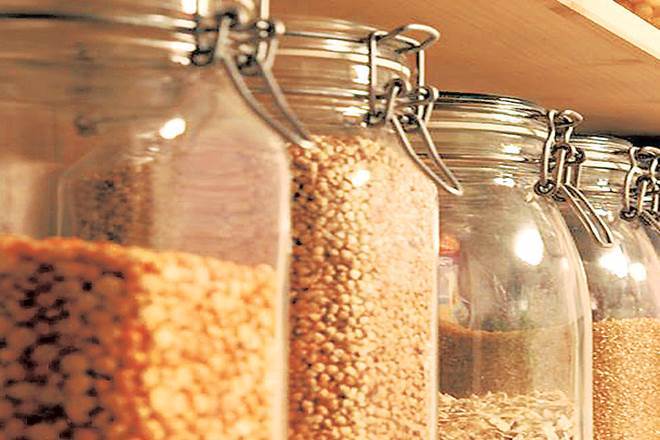Food prices across the world have declined in February for the first time in four months due to a sharp fall in the export prices of vegetable oils, partly driven by fears that the coronavirus (Covid-19) outbreak will slow global demand, Food and Agriculture Organisation (FAO) reported on Thursday.
Concerns over the spread of Covid-19 and reduced imports by China impacted by delays in cargo handling at ports is seen impacting the market. Temporary drop in India’s import demand of palm oil and higher-than-expected output in Malaysia is also seen as a factor in the decline of food prices, according to UN body.
The Rome-based body reports that the FAO Food Price Index, which tracks monthly changes in the international prices of commonly-traded food commodities, averaged 180.5 points in February, down 1.0 % from the previous month but is still 8.1 % higher than a year earlier.
FAO Vegetable Oil Index declined 10.3% from January, with international palm oil prices falling by even more on account of higher-than-expected output in Malaysia, a temporary drop in India’s import demand and concerns over the spread of Covid-19.
Cereal Price Index declined 0.95% in February with wheat prices falling, reflecting well-supplied markets, while maize prices retreated as demand from the livestock feed sector dipped amid expectations of a weakening global economy. By contrast, international rice prices rose, buoyed by strong demand from Far Eastern and East African buyers.
FAO Meat Price Index was down by 2% from January, influenced by reduced imports by China, impacted by delays in cargo handling at ports. Drought-induced slaughter in New Zealand exerted further pressure on bovine meat price quotations, while poultry meat prices were affected by lower imports by Asia.
Lower purchase by China, the world’s largest milk powder importer, led to drop in milk powder prices, while surging price quotations for cheese, partly linked to reduced milk output in Australia led to a 4.6 % increase in the FAO Dairy Price Index.
Sugar Price Index rose 4.5 % amid prospects of lower production in India as well as in Thailand, combined with a strong global import demand.
FAO also raised its estimates for 2019 world cereal production to 2 719 million tonne due to higher maize outputs in West Africa and Ukraine.
World cereal utilisation in the 2019-20 cycle is now forecast to reach a record level of 2,721 million tonne, driven by higher food, feed and industrial usages.FAO raised its forecast for world cereal stocks at the close of the 2020 season to nearly 866 million tonne, resulting in the global cereals stock-to-use ratio staying at a comfortable level of 30.9 %.
FAO also forecast world trade in cereals to rise by 2.3% to 420 million tonne in 2019-20, the second-highest level on record, with wheat shipments accounting for more than half of the expected increase.


